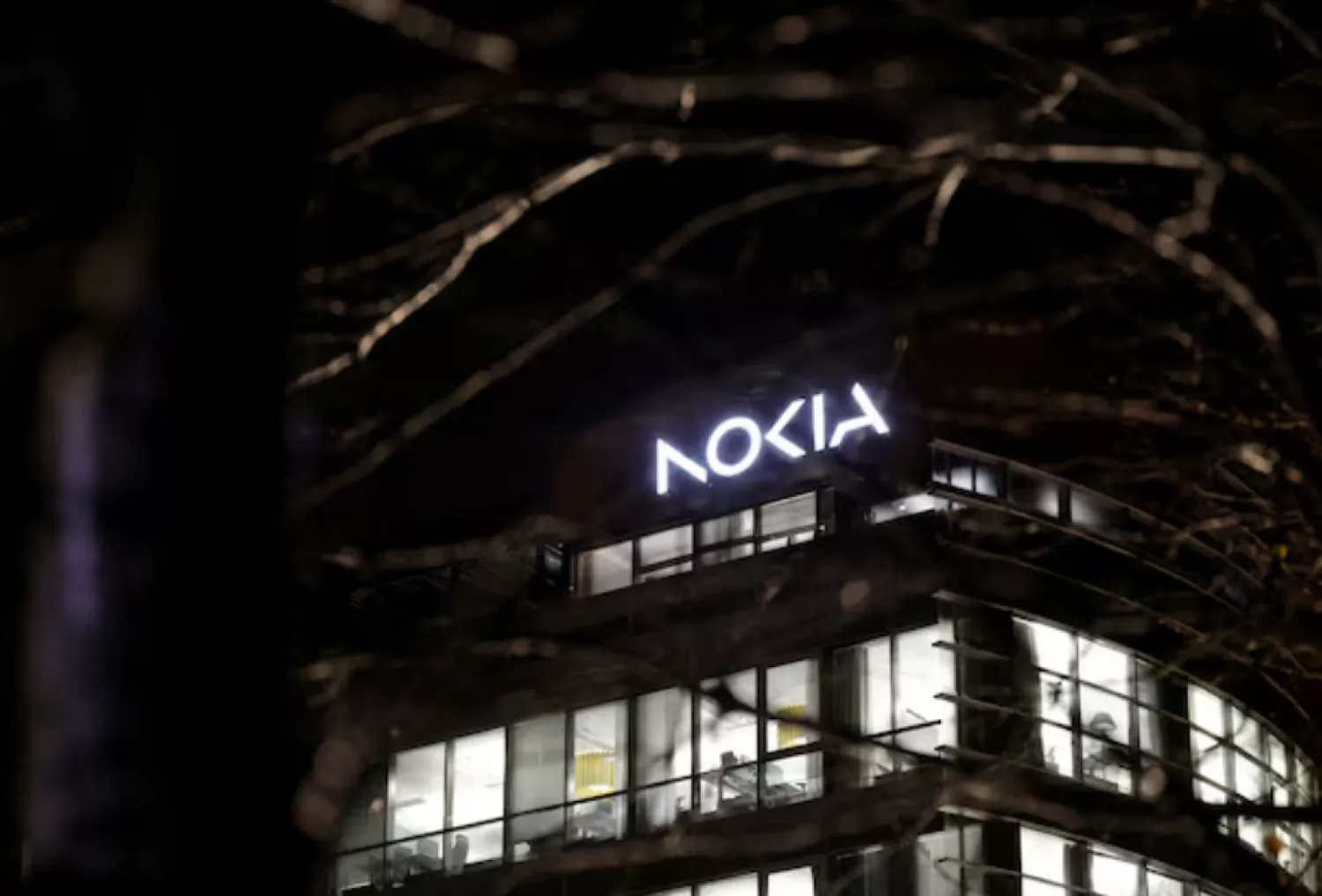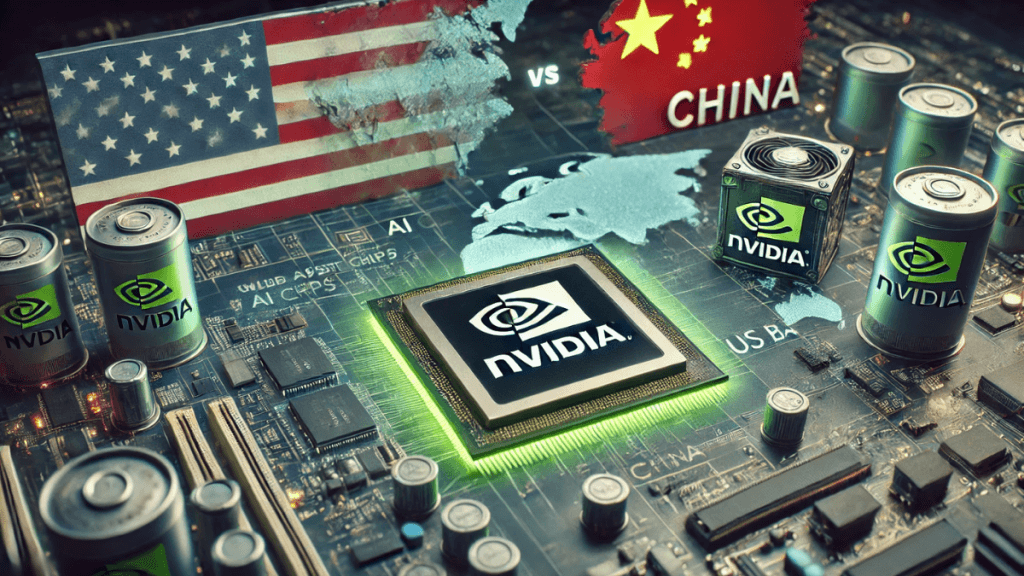Verizon and Mastercard to Power 5G Contactless Payments for Merchants
Verizon Business and Mastercard announced a joint initiative on November 20, 2025 to combine 5G, edge computing and near field communication to let merchants accept contactless payments on smartphones and other connected devices without traditional point of sale terminals. The effort aims to lower costs for small and medium merchants and to accelerate adoption of autonomous checkout and tap to pay in brick and mortar stores.

Verizon Business and Mastercard on November 20 unveiled a collaboration to develop 5G enabled contactless payment solutions that could reshape how merchants handle transactions. The partnership pairs Verizon Business’s 5G and edge computing infrastructure with Mastercard’s global payments network to enable merchants to accept payments on smartphones and other connected devices in place of dedicated payment terminals.
The initiative is aimed primarily at small and medium sized merchants who face upfront hardware costs and integration barriers when adopting autonomous checkout and tap to pay systems. By leveraging mobile devices and network edge resources, the companies say they can reduce latency and processing overhead, which supports real time transaction authorization and the use of computer vision systems to create frictionless in store experiences.
Near field communication, or NFC, will be a core component, enabling customers to tap their phones or payment cards at merchant devices to complete transactions. The project will also integrate computer vision and cloud services to facilitate autonomous checkout lanes and cashierless stores, according to company statements in coverage of the announcement. Delivering those capabilities over 5G networks enables higher bandwidth and lower latency than conventional wireless connections, and edge computing can move critical processing closer to stores to speed decision making.
Industry observers say the combination of telecommunications firms and payments networks could accelerate the shift away from specialized point of sale hardware. For merchants, the promise is lower equipment costs, simplified deployment and a more flexible checkout footprint. For consumers, the change could mean broader availability of contactless payment options and faster in store experiences.
The technical approach raises familiar questions about security and privacy. Contactless payments rely on tokenization and encrypted communications to protect card data during transmission and processing, and payment networks have long used such measures to reduce fraud risk. Adding computer vision into checkout introduces additional vectors for personal data collection, and operators will need to navigate data protection regulations as well as merchant and consumer trust concerns.
Regulators and trade groups are likely to watch how edge based processing and camera enabled checkout systems handle personally identifiable information and biometric inferences, and whether safeguards are built into deployments by default. The companies have framed the project as a way to expand access to modern payment options for smaller merchants, but broader adoption will hinge on demonstrable security, clear privacy controls and ease of integration with existing point of sale accounting and inventory systems.
The partnership also signals intensified competition in payments infrastructure, where technology firms and payments processors are racing to offer turnkey solutions that combine connectivity, cloud services and transaction processing. If the Verizon and Mastercard effort scales as envisioned, it could lower barriers for merchants to move toward autonomous checkout and contactless commerce, while prompting scrutiny of the trade offs between convenience, cost and consumer privacy.


